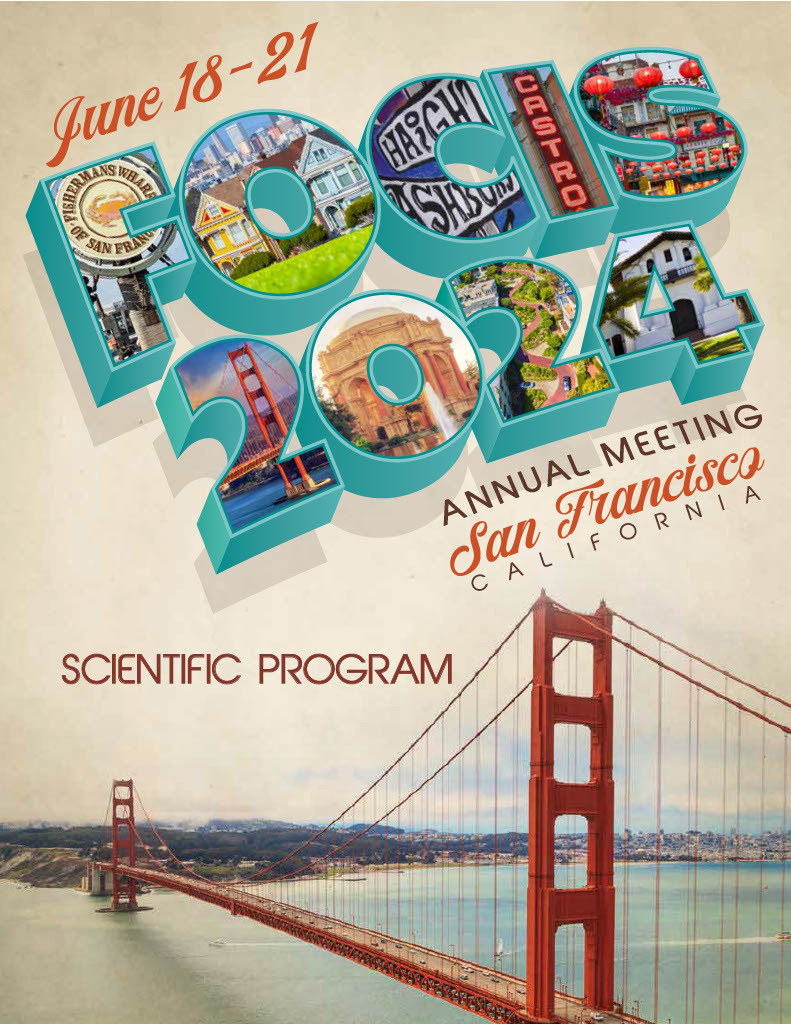Th126 - Crosstalk Between Antiviral and Wound Healing Responses of Human Respiratory Epithelial Cells
Thursday, June 20, 2024
7:30 AM - 7:45 PM PT
Ellen Foxman, MD,PhD – Associate Professor, Department of Immunobiology and Laboratory Medicine, Yale University School of Medicine; Bao Wang – Graduate Student, Department of Immunobiology and Laboratory Medicine, Yale University School of Medicine
- KS
Krupakar V. Subramaniam, n/a
Undergraduate Researcher
Foxman Lab, Yale University
Monument, Colorado, United States - EF
Ellen Foxman, MD,PhD
Yale University School of Medicine
- BW
Bao Wang
Yale University School of Medicine
Abstract Text: The respiratory epithelium coordinates an antiviral defense during acute viral infection and repairs tissue damage post-infection, but it is unclear how the balance between these functions is regulated. Here we studied the effects of Type III interferons (IFN-λ), cytokines secreted by epithelial cells during the innate antiviral response, on wound healing of primary human bronchial epithelial cells (HBEC) using a scratch assay. Monolayers of low-passage HBEC pre-treated with IFNλ1 or IFNλ2 for 16 hours were wounded with a standardized scratch. Wound repair kinetics were quantified using ImageJ’s MRI Wound Healing Tool and video microscopy. The standardized wound healed in 24 hours, whereas IFNλ1-treated monolayers healed more slowly, covering 50% of the initial wound in 48 hours (p < 0.0001). IFNλ2 had no significant effect. Targeting the IFN-λ receptor with siRNA KD rescued wound healing post-IFNλ1 treatment, but KD of MX1, an interferon-stimulated gene hypothesized to participate in cell motility, did not. Prior studies showed that influenza A-induced IFN-λ disrupted murine lung repair by p53-dependent inhibition of cell proliferation. We found that IFNλ1-treated HBEC showed a trend, though not significant, toward decreased proliferation over the scratch assay time course (48 hours). Trajectory analysis showed that IFNλ1 diminished cell migration distance, with IFNλ1-treated cells traveling 75% as far as control cells over 24 hours (p < 0.0001). With the literature, our data indicate at least two mechanisms of crosstalk between antiviral defense and wound healing in the respiratory epithelium, which may serve to delay tissue repair until after the resolution of acute viral infection.

